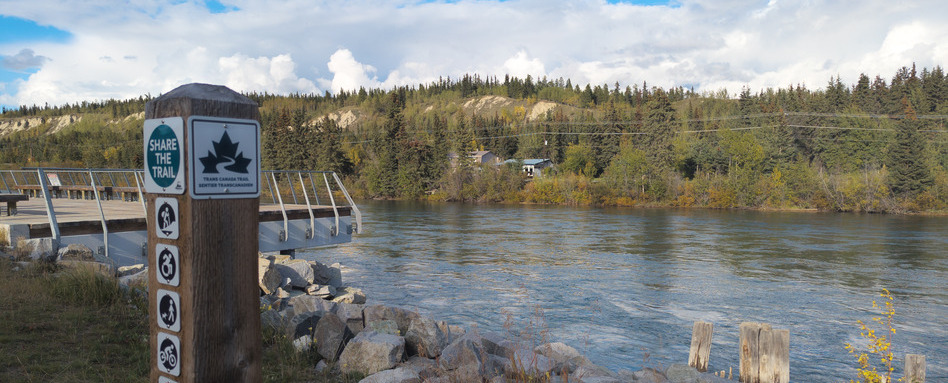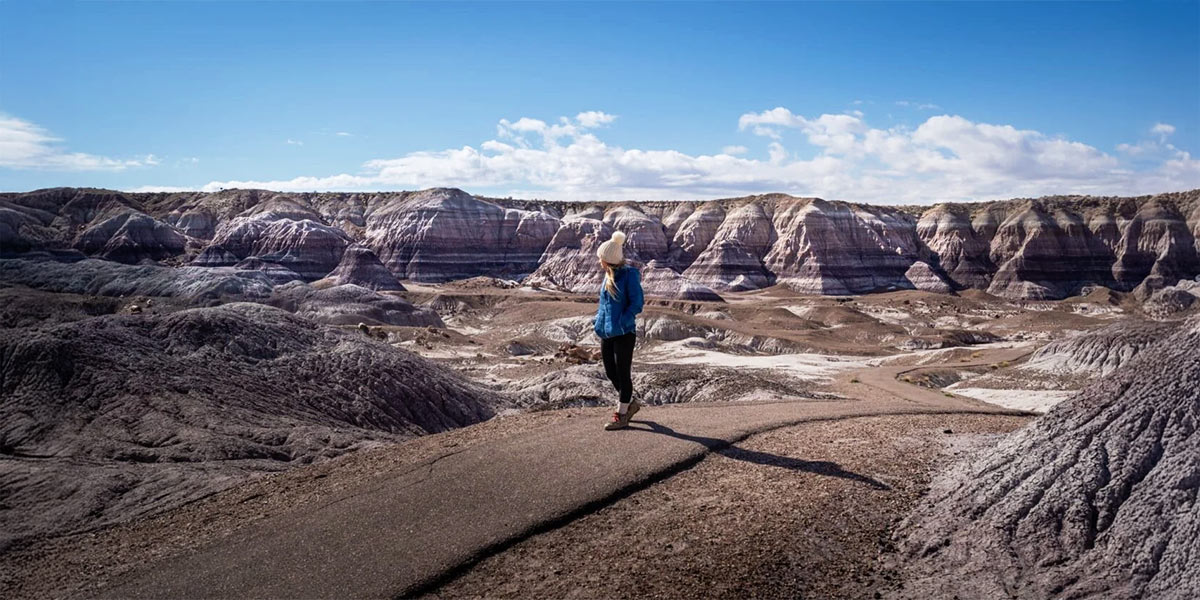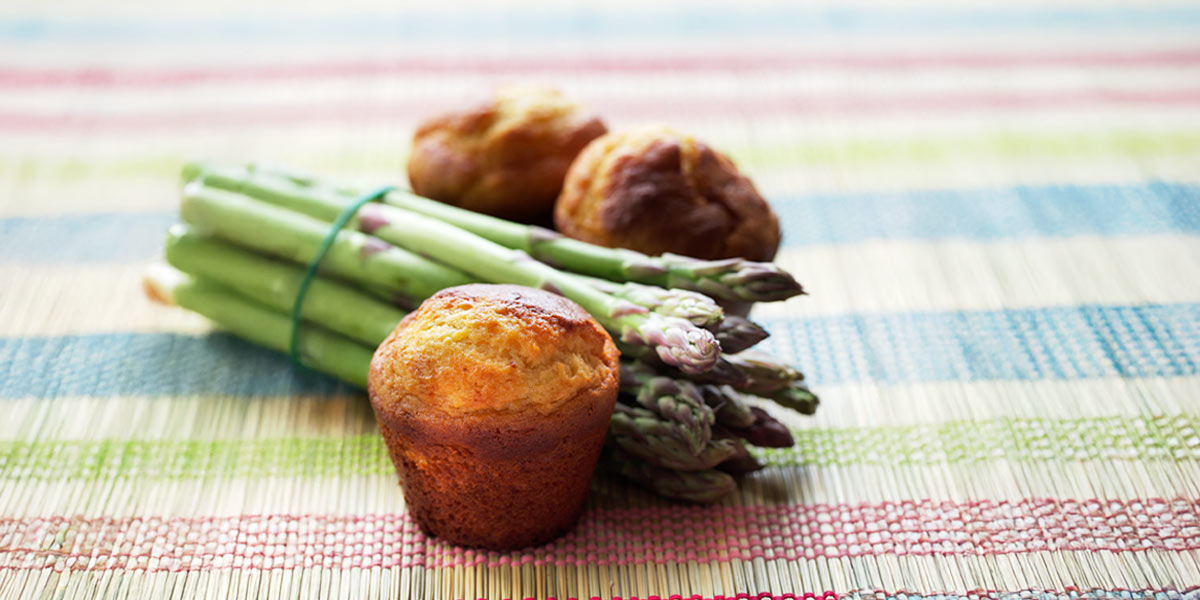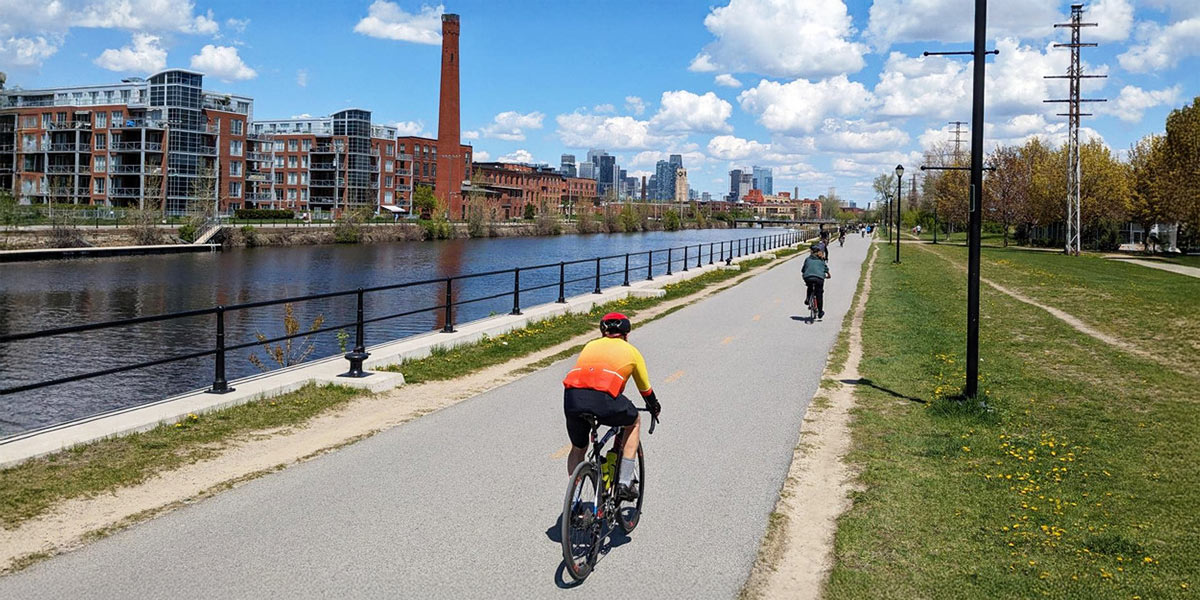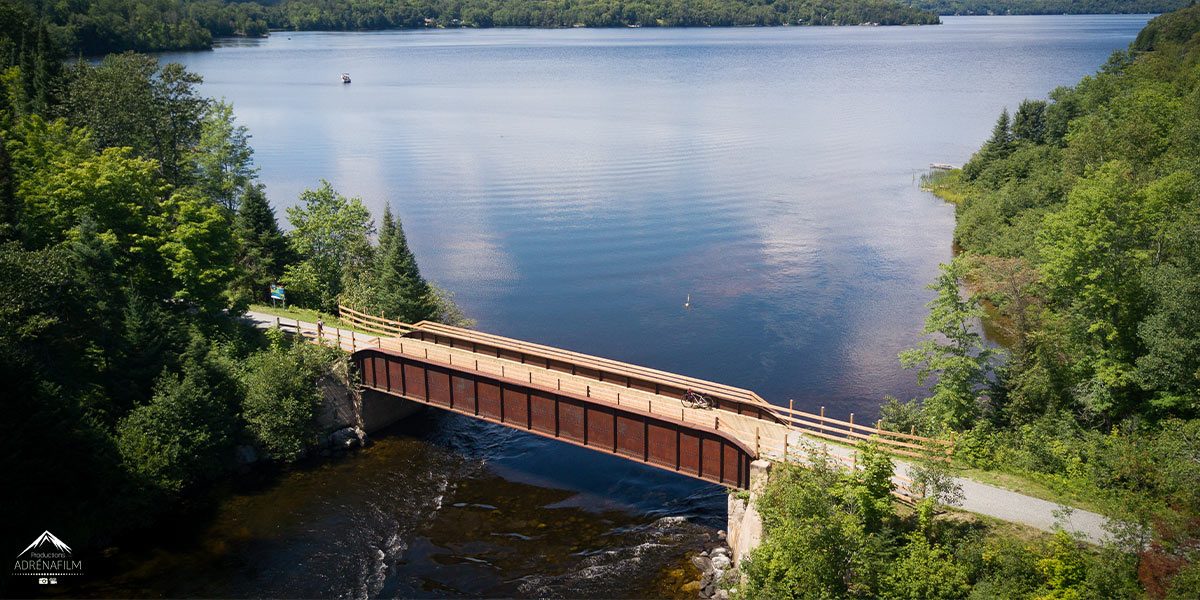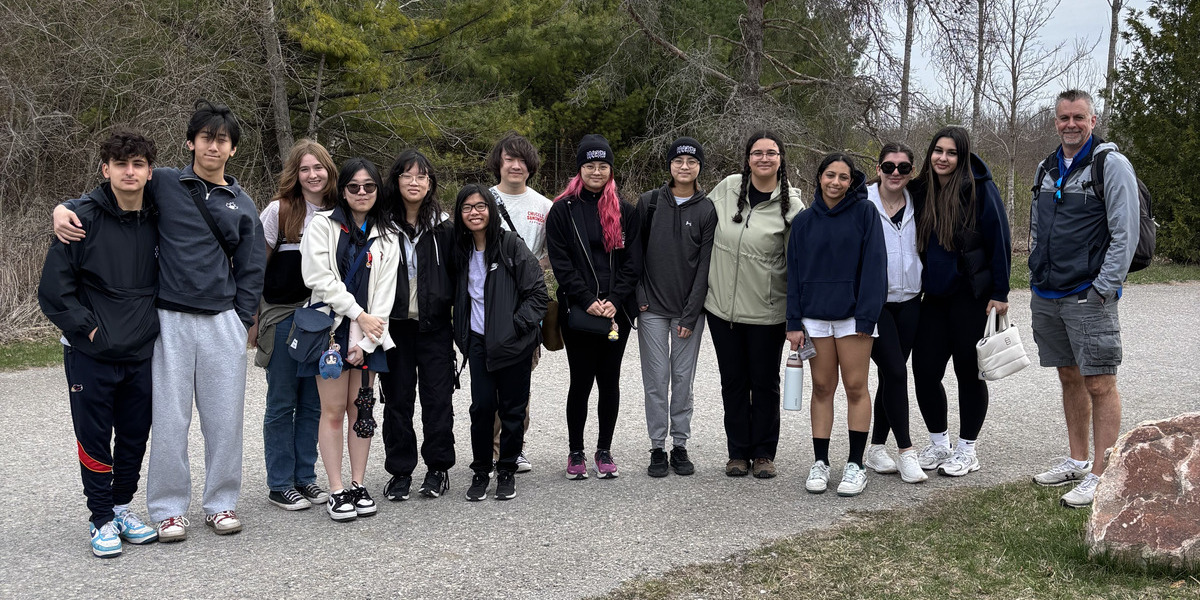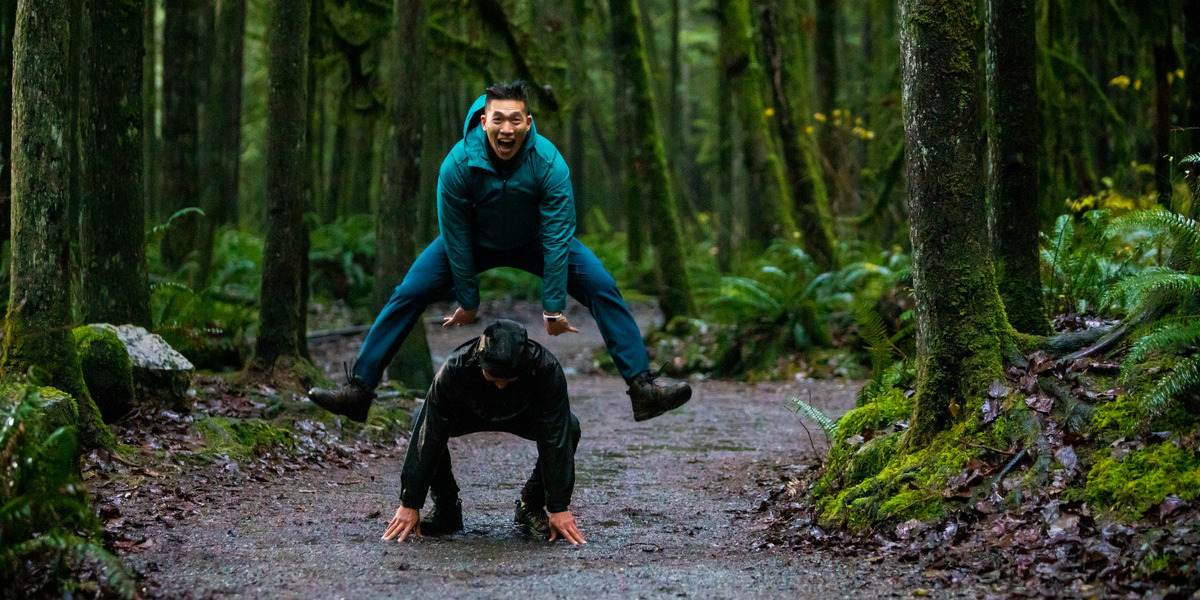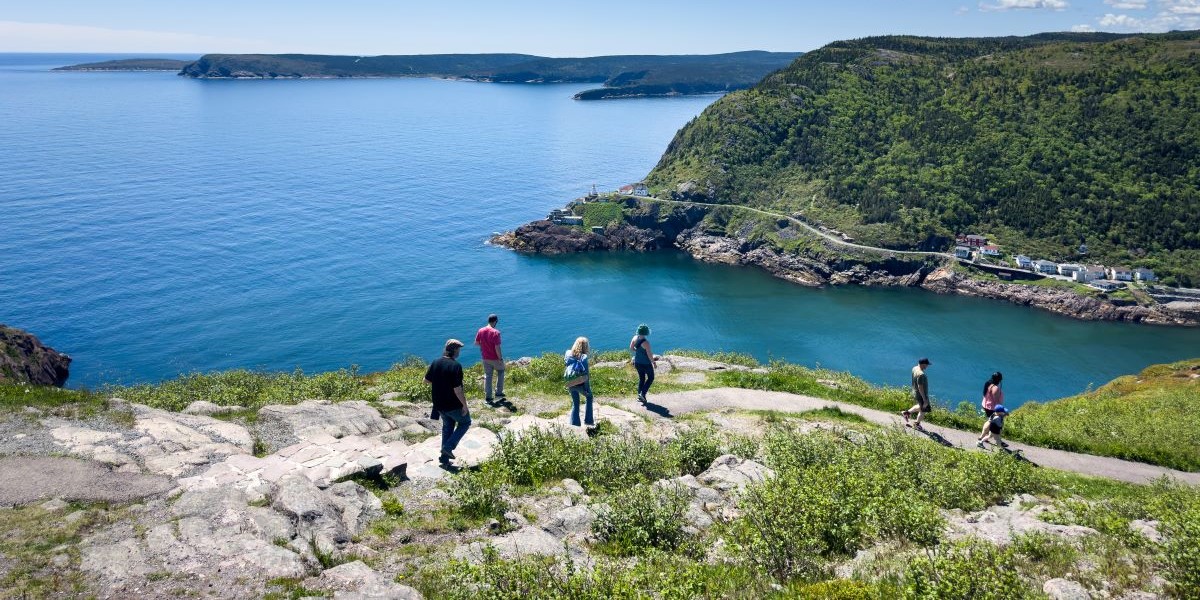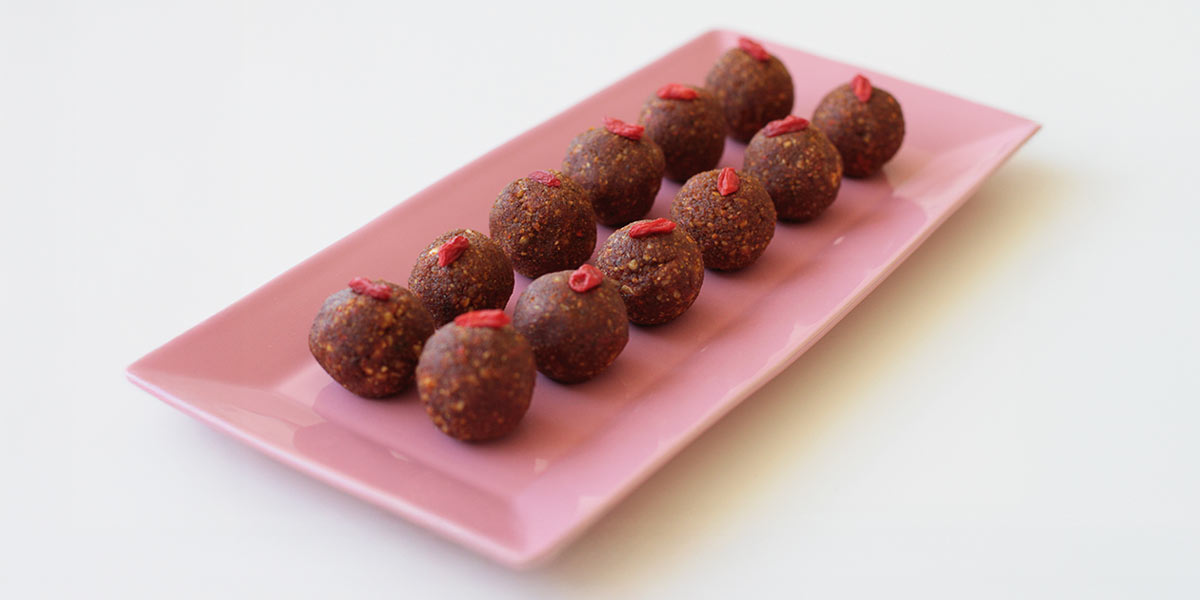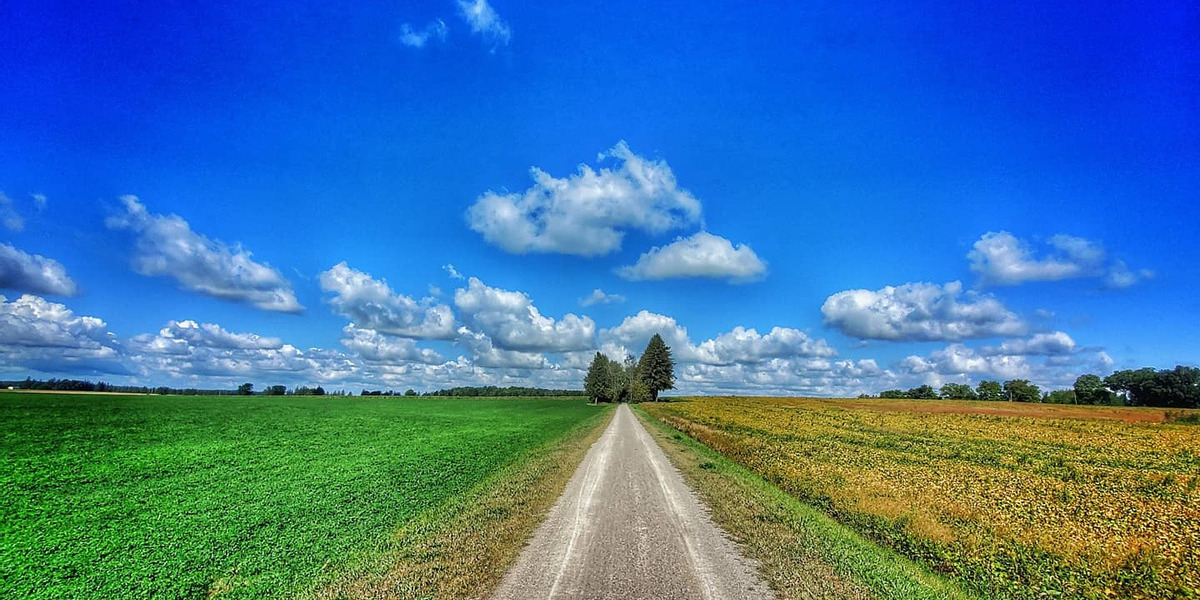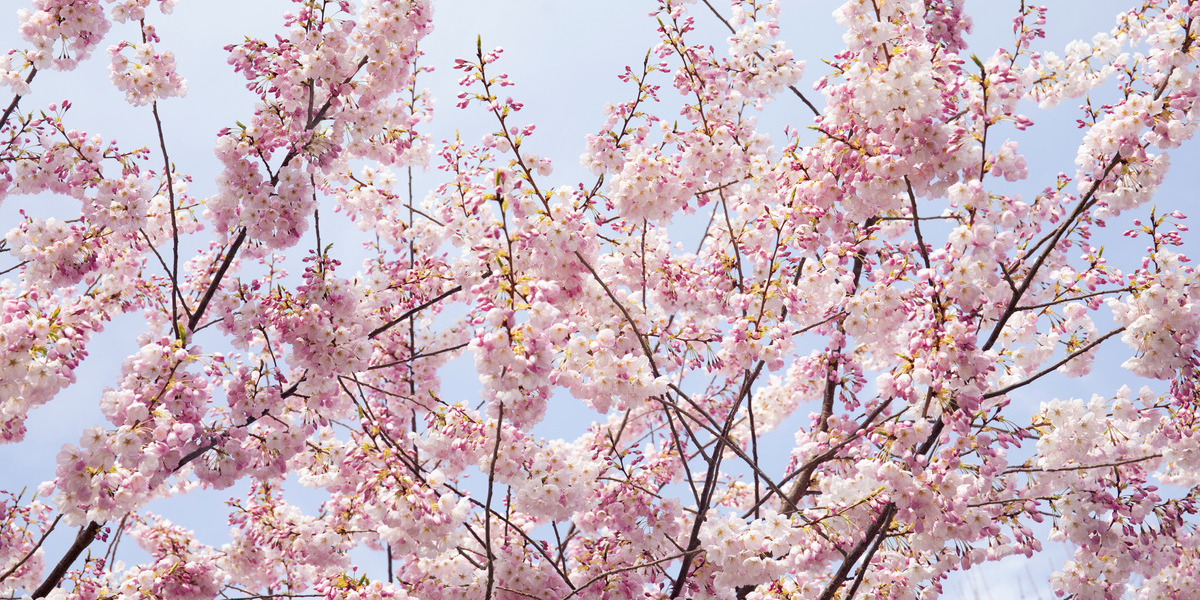Exploring Whitehorse Along the Trans Canada Trail

Trail adventures from Trans Canada Trail staff
Written by Bich-Anh Nguyen
Last September, I had the opportunity to go to Whitehorse, Yukon Territory, with my cousin. Visiting a Canadian territory had long been on my bucket list, so I was really excited. There were three things I absolutely wanted to do while I was there: explore the Trans Canada Trail in the area, visit an Indigenous art exhibition and see Miles Canyon. This was my first time in Whitehorse, and it turned out to be an unforgettable experience.
Exploring downtown Whitehorse
Photo credit: Bich-Anh Nguyen
After checking into our hotel, my cousin and I explored the Millennium Trail section of the Trans Canada Trail. We started at the Yukon River Wharf and walked to Shipyards Park. The views along the Trail were beautiful, and I was impressed by the river current — so different from the St. Lawrence River I know back home in Montreal! As the sun set, we looped back through the streets of downtown Whitehorse and had dinner at Dirty Northern. I highly recommend the bison burger and sweet potato fries! The city has a relaxed, small-town vibe with everything you need, from a variety of shops and galleries to museums, cafés and restaurants.
Over the next few days, I found myself spending a lot of time on and around the Trail. I visited the McBride Museum of Yukon History, and sampled food at food trucks at the Fireweed Community Market, held at Shipyards Park. On a rainy morning, I cozied up with a book in a corner of the public library with windows overlooking the beautiful Yukon River. I also checked out the steam-powered paddlewheeler, the S.S. Klondike. The Trail quickly became my favourite route for getting around town — river views for the win!
Learning about Indigenous culture, history and art

Photo credit: Bich-Anh Nguyen
When I visited the McBride Museum of Yukon History, I learned about the Yukon First Nations, their clan system, language groups and more. Did you know there are 14 distinct Indigenous groups across Yukon, 11 of which have modern treaties in effect and who are self-governing? Curious to learn more, I checked out the history panels at the Kwanlin Dün Cultural Centre and picked up the Yukon First Nations Culture & Tourism Welcome Guide at the Yukon Visitor Information Centre.
I was reminded about our Canadian history as I encountered three Indigenous monuments along the Trans Canada Trail. The first was the Healing Totem, dedicated to all those impacted by the residential schools. A total of 20 carvers participated in the creation of this 11-metre monument. Located just across the totem is the Monument, dedicated to the survivors of the Whitehorse Indian Mission School. It is composed of nine wooden stools, made of burls from Yukon trees, placed in a circle formation. The stools represent the Indigenous languages the former students were forbidden to speak. I loved that this is an interactive piece. It acts as a place of gathering, encouraging communication, healing and awareness around the history of the residential school system. Lastly, near Rotary Park is the Finding Peace Monument, a statue of an Indigenous woman beating a drum. This piece is dedicated to the missing and murdered Indigenous women and girls in Yukon and Northern British Columbia.
I was also fortunate to catch two interesting exhibitions. I saw Kwúlécwtn: To Adorn Oneself, by Secwépemc artist and fashion designer Randi Nelson, at the Kwanlin Dün Cultural Centre. The collection featured seven beautiful designer pieces, highlighting Indigenous materials of wealth: quills, fish leather, hide, beads, fur, cedar. I read every panel around the room, learning about the materials and techniques, including the process of making fish leather and hide tanning. At the Yukon Art Centre, a short detour from the Trail, I saw Kwändü nùchù n-zhà – Early September Stories, an exhibition celebrating the 20 years of the Northern Cultural Expressions Society (NCSE). I was blown away by the works of art at this exhibition, especially the Traditional Hide Boat created by Dough Smarch in collaboration with NCES summer camp youth participants.
Cycling to Miles Canyon
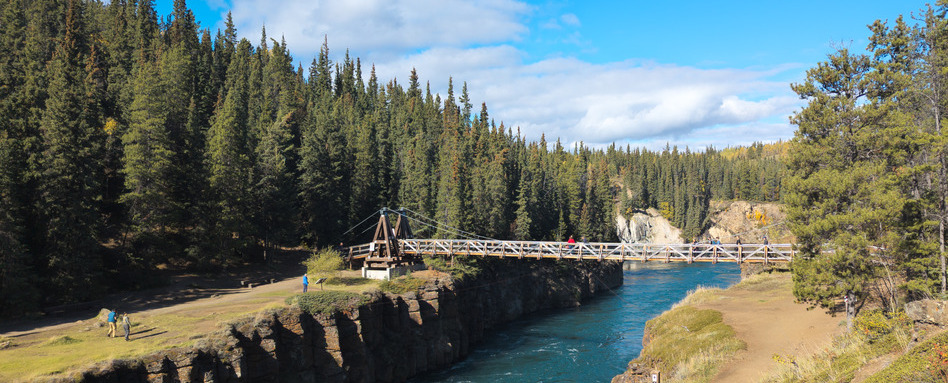
Photo credit: Bich-Anh Nguyen
On the day I planned to visit Miles Canyon, the weather was on my side. It was warm and sunny, perfect for a cycling adventure. One of the lovely staff members at the Information Centre recommended that I follow the Trans Canada Trail from downtown all the way to the suspension bridge and then loop back via the Miles Canyon Road and Millennium Trail. She let me know that some sections along the Trans Canada Trail/Yukon River Trail at the Schwatka Lake were quite narrow, so I opted for a paved route on the opposite side of the lake to get to the suspension bridge instead. Little did I know, I was in for a hilly surprise. The ride was tiring, but totally worth it. The scenery along the way was breathtaking. Upon reaching Miles Canyon suspension bridge, I explored the area on foot, refuelled with snacks, snapped countless photos and sat down for a while to soak in nature’s beauty. I took the same route back – thankfully, the ride back was slightly easier. Just a bit.
A magical last day
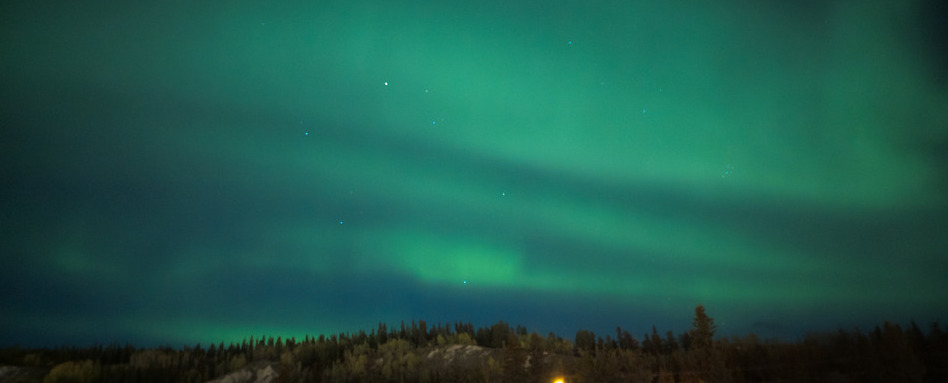
Photo credit: Bich-Anh Nguyen
We spent our final day unwinding, relaxing and healing our muscles at the Eclipse Nordic Hot Springs. That night, we debated on whether we should stay in our cozy pjs or brave the cold one last time in hopes of spotting the northern lights. We stepped out — and I’m so glad we did! Less than ten minutes after arriving at the Yukon River Wharf, we witnessed a northern lights show. It was pure magic, and the perfect way to end this trip.
Trip recommendation: Add Emerald Lake and Carcross to your itinerary or opt for the scenic railway journey along the White Pass & Yukon Route from Whitehorse to Skagway.
Fun fact I picked up during my trip: Yukon is the third-largest bilingual region in Canada, after Quebec and New Brunswick, with 14% of its population speaking French.
Bich-Anh Nguyen is Trans Canada Trail’s Manager of Marketing Production.
Read more about Whitehorse here, or discover the area on our interactive map!


